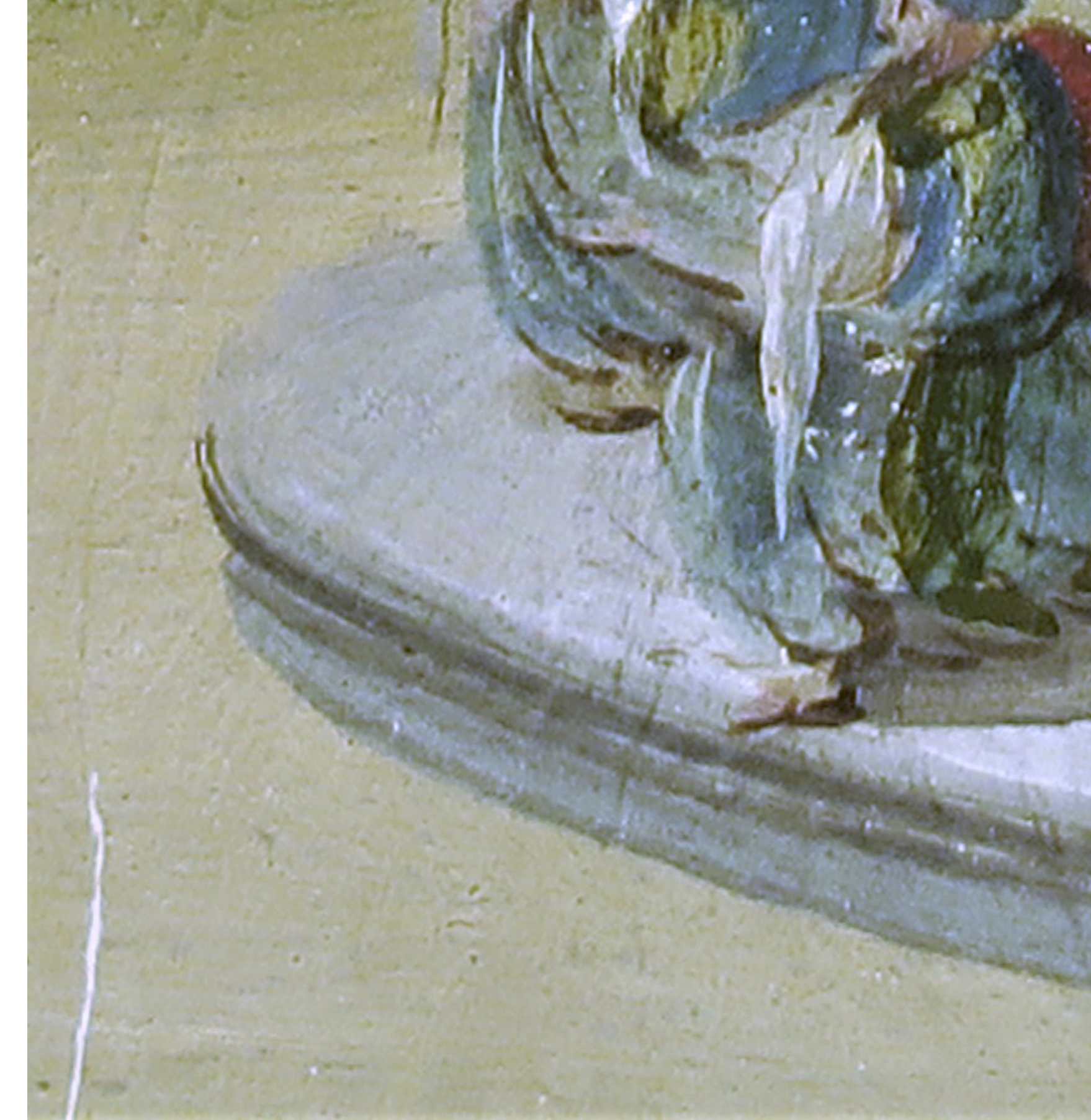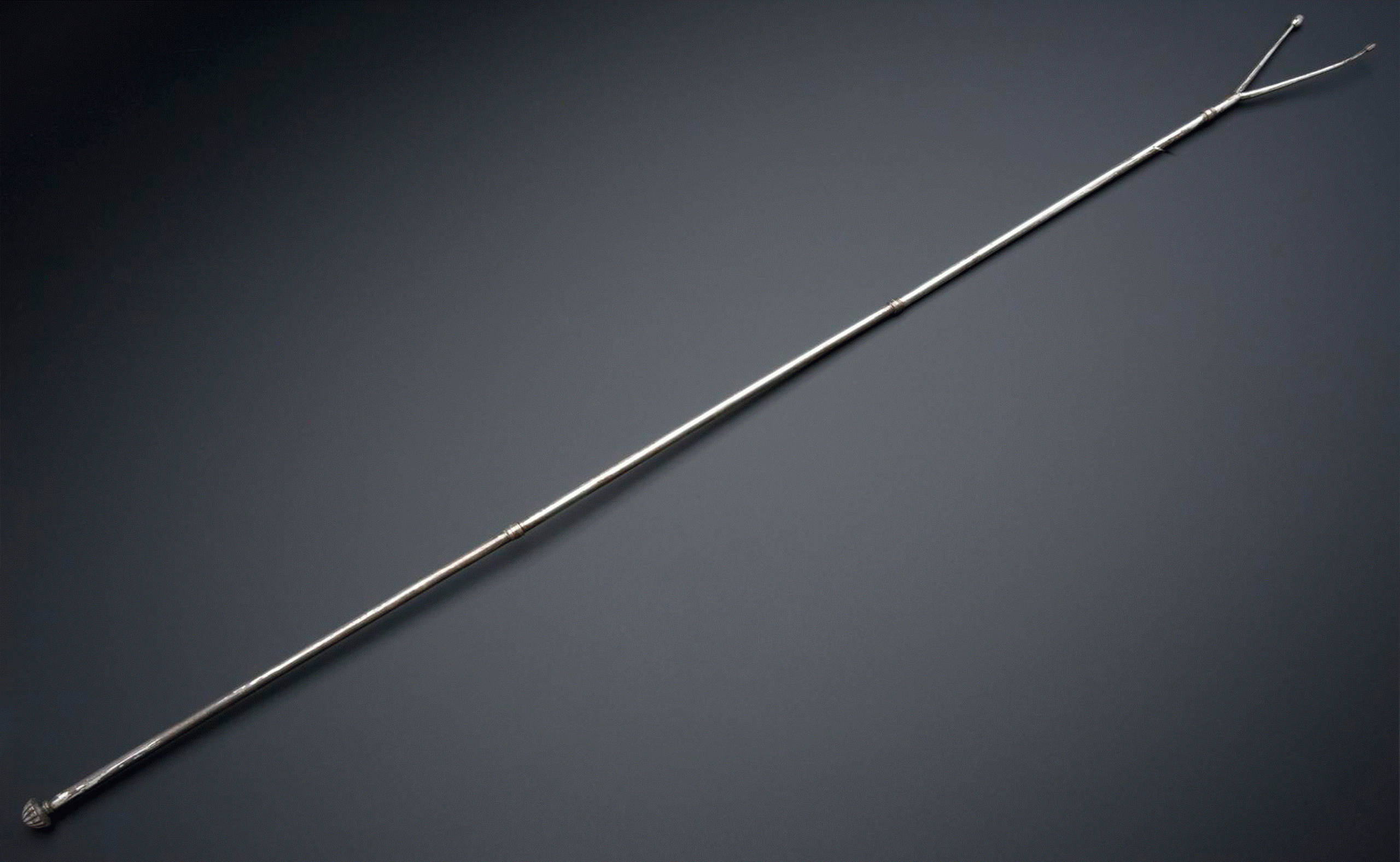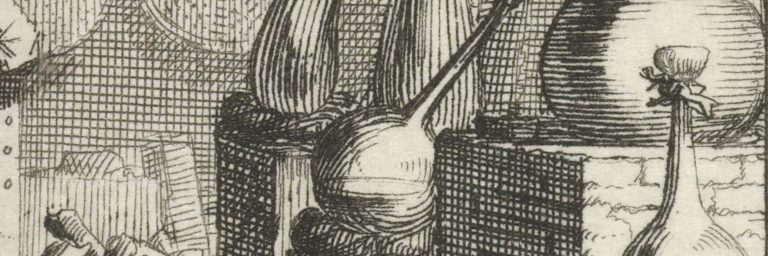Quarantine Practices and the Body


FORMA FLUENS
Histories of the Microcosm
Quarantine Practices
and the Body in the Early
Modern Mediterranean
Marina Inì
University of Manchester

During the Covid-19 pandemic, we, unfortunately, rediscovered our fear of disease as an ever-present environmental threat to our health. I wrote ‘rediscovery’ because such fear was indeed very much present in the past. In the early modern period, anxieties concerning epidemic diseases and their consequences were at the centre of coordinated efforts of prevention undertaken by Western Mediterranean states against the plague.
Quarantine had been adopted since the fourteenth century while quarantine stations (also known as lazzaretti) were built by several states and cities of the Italian Peninsula, the Venetian territories in the Adriatic and the Ionian Sea, Malta and France. During the early modern period, from the fifteenth century onwards, quarantine efforts were transnationally coordinated among health offices managing lazzaretti; the aim was to prevent plague outbreaks when trading with the Ottoman Levant and neighbouring areas. Indeed, Western states considered plague to be endemic in such areas for cultural, political and medical reasons which cannot be examined here in-depth. However, here I would like to explore early modern quarantine regulations to highlight contemporary attitudes toward the body and the relationship between body, disease and cleanliness.
Quarantine regulations allow us to understand how plague was thought to be spread from a practical point of view. The practices for the disinfection of goods are presented in detail by quarantine regulations: objects were feared to be able to carry the contagion over a long time and long distances when packed and shipped across the Mediterranean. Indeed, the Galenic framework for contagion explained contagion as happening in three ways: through contact with the sick, through objects on which the so-called ‘seeds of the disease’ are preserved, and caused by poisonous vapours at a distance.
Much of the focus of quarantine station was thus given to the disinfection of goods, especially those traded from the Levant and that, for their porous materiality (textiles, leather, fur among others), were considered to be more ‘susceptible’ to contagion. Disinfection practices included the use of fumigations, seawater, fresh water and airing.
Quarantine stations did not only quarantine goods but also travellers, sailors and merchants. Quarantine stations were not hospitals and they very seldom hosted sick patients. Passengers were generally considered potentially healthy carriers of the disease which could also be hiding among their clothes and on their skin. Therefore, contagion through contact was still feared and most of the regulations regarding passengers and the human body prescribed the separations between quarantine groups, distancing, isolation and the avoidance of direct and indirect contact. Touch was feared and avoided through inventive means, from the use of long rods and tongs to hand objects [Fig. 1] to the use of long silver instruments and spoons [Fig 2.] when administering the Holy Communion.
In contrast with objects, which are categorised very clearly in regulations and whose method of disinfection is very coherent between different lazzaretti, the human body appears very inconsistently as the subject of disinfection practices. There was no prescribed process of disinfection or cleaning for passengers comparable to those applied to goods. Why the bodies of those quarantined were not washed or fumigated consistently?
Figure 1. Luigi Pallavicini, detail from a fresco in Palazzo Benincasa showing the courtyard of the Lazzaretto, Ancona, 1788 (picture by the author).
Figure 2. Copy of a European sacrament dispenser (1500s), A629402, Science Museum Collections (CC BY-NC-SA 4.0)
The use of baths in the early modern period was considered unsafe for the general health of the body. It has been often noted that general bathing practices in the Mediterranean context declined between the sixteenth and seventeenth centuries. Bathing was indeed considered harmful, not because of the water itself but because of the impact of humidity on the body.
Marina Inì is an early modern cultural historian interested in history of medicine and urban history of the early modern Mediterranean. She holds a BA in Beni Culturali from the Università degli Studi di Trento, an MSc in Architectural History and Theory (University of Edinburgh), and a PhD in History (University of Cambridge). As of January 2022, she is Lecturer in Early Modern History at The University of Manchester. Her PhD has analysed the study of quarantine centres and has focused on the impact of quarantine in shaping the socio-cultural history of the shared Mediterranean area. On the subject, her article ‘Materiality, Quarantine and Contagion in the Early Modern Mediterranean’ was published in Social History of Medicine (2021) and her chapter on the architecture of quarantine centres is forthcoming for the edited book Public Health in the Early Modern City in Europe, edited by Mohammad Gharipour and Anatole Tchikine (Palgrave Macmillan).
Humidity and the warmth generated by bathing were considered dangerous for the porous body, heating the humours and opening it up to diseases. This was possibly considered extremely unsafe in the context of the lazzaretto where plague outbreaks were considered as always looming. The anxieties caused by water and washing the body explain the lack of consistent rules for washing the possibly contagious body of passengers.
This connection between quarantine procedures with general hygiene practices is also proved by the regained popularity of bath practices after the mid-and late eighteenth century. Indeed, Patrick Russell, when describing the ideal lazzaretto in his A Treatise of the Plague published in 1791, proposed a room for baths in the living quarters. He also suggested that passengers from plague-ridden ships should have a tepid bath on arrival while the sailors on board should be provided with plenty of soap and fresh water to wash daily. [1]
However, there are examples in which washing and disinfecting the body before and during quarantine was nonetheless required. These were extraordinary circumstances often linked to the perceived dangers posed by bodies in specific situations or coming from dangerous areas. In some instances, fumigations with perfumes were recommended, but there are also some examples in which bodies were washed. In the case of ships with sick or suspected infected onboard, the regulations of the lazzaretto of Varignano near Genoa prescribed that ‘only naked and well-shaved men, plunged into seawater, and also washed with vinegar, and then dressed in clean clothes’.
Sometimes, these drastic measures were adopted even if contact with a declared infected ship was only suspected: on 7 June 1784, a Maltese corsair called the S. Maria e le Anime del Purgatorio entered the port of Malta. It had previously docked in Lampedusa close to a French ship from Alessandria which later reported sick and dead passengers on board. The ship was burned down with its sails and ropes. The fifty-two sailors and passengers of the Maltese vessel were allowed to disembark only after being immersed naked in the sea and then dressed in clean clothes.
Changing clothes indeed seems to be the safest and most popular way of ‘disinfecting’ the body. In both the lazzaretti of Genoa and Livorno, passengers from the Levant, considered always dangerous, had to change clothes when disembarking. In Ancona, the sailors and captains arriving from the Levant had to change their clothes every few days. The health regulation for the Austrian Littoral shortened the quarantine by 5 days for those willing to change their clothes. As with bathing practices, changing clothes in the quarantine context seems also to fit the general practices of bodily cleanliness in the early modern Mediterranean. Changing clothes often, especially items in close contact with the skin, was generally adopted as a way of keeping the body clean.
The anxiety highlighted by quarantine regulations just presented in many cases recalls those that emerged during the COVID-19 pandemic. In the past two years, we have dealt with quarantine when travelling, transnational campaigns of prevention and vaccination and increased attention to bodily practices, such as cleanliness and distancing. While the reluctance to wash the body inside the lazzaretti might seem to highlight a completely different attitude between today and the past, in truth reveals that the body, and related healthy and harmful practices were much the focus as they are today.









